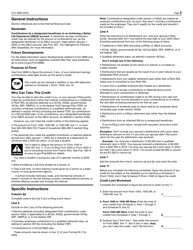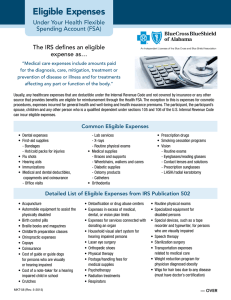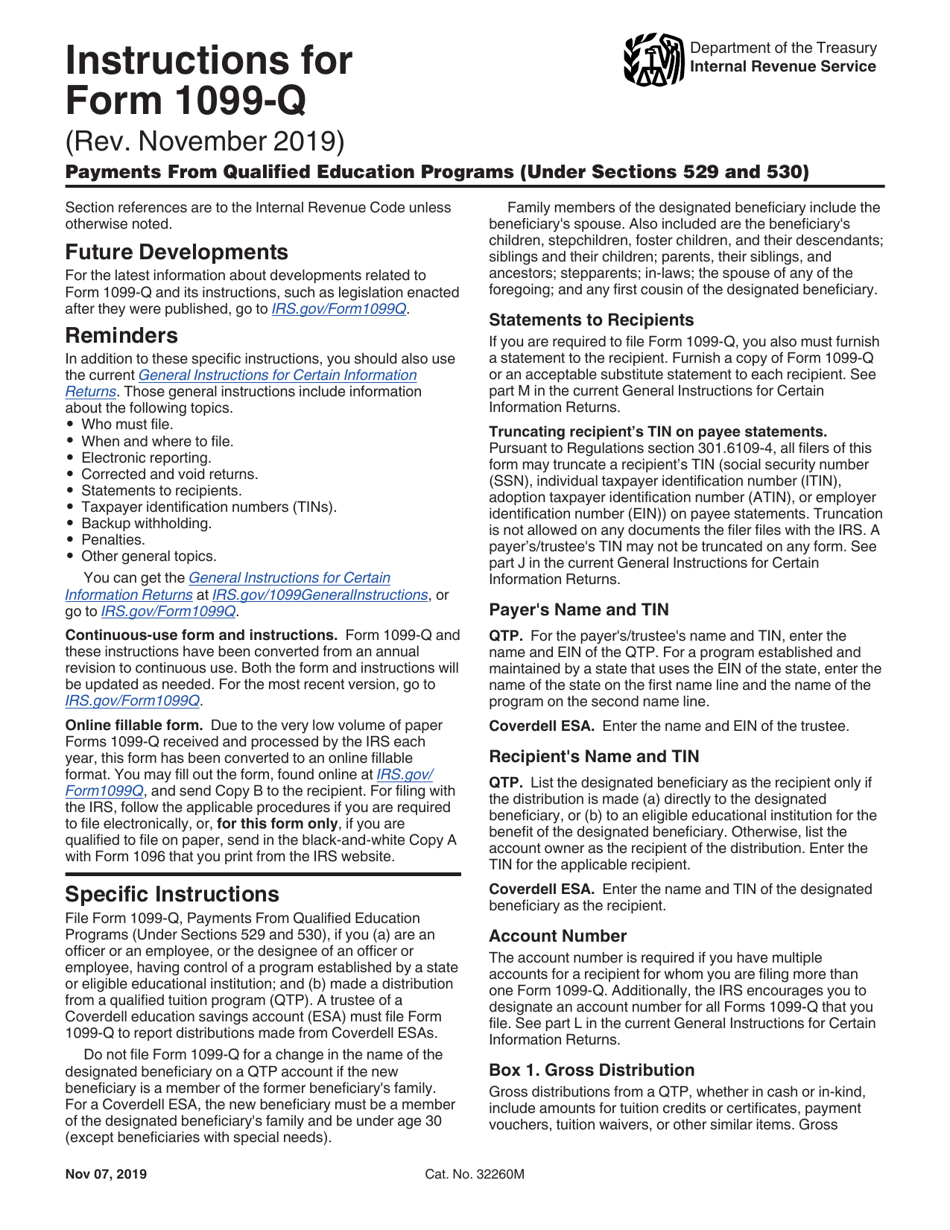
Students can lower the cost of books by renting or purchasing used titles however, any savings below the institution-specified cost in this category generally cannot be used to supplement another category.įor example, if your student’s actual cost of room and board exceeds the estimated room and board specified in the institution’s cost of attendance, the student cannot use savings from not buying books to increase the amount of qualified room and board expenses. Supplies is a catch-all term but includes items like pencils, pens, highlighters, paper, notebooks, etc. Everything above the amount is no longer considered qualified.īooks and supplies cover, you guessed it, books and supplies. However, only expenses up to the estimated room and board costs specified in your institution’s cost of attendance will be considered a qualified education expense. While some universities require certain students to live on campus, the 529 plan rules treat on-campus and off-campus facilities the same. Room and board covers both on-campus dining and housing, as well as off-campus.

Room and board includes your housing and meal expenses.

It’s interesting to see all of the fees that are included as “required expenses” for some institutions, but that is a topic for another day. These can include items like “first-year experience fee,” “student activity fee,” “student transcript fee,” “engineering/science lab fees,” “athletic fees,” and so on. The “fees” part of “tuition and fees” includes the ancillary expenses that students will need to pay above what general tuition covers. No surprise here – tuition is a pretty necessary component of going to college. Now that we’ve got that cleared up, let’s get into the list of qualified 529 expenses. In addition, for those that have used their 529 contributions for state tax deductions, you may be required to return some of those deductions.ĥ29 earnings used on non-qualified education expenses are penalized by 10% and increase your taxable income The earnings portion of your 529 withdrawals will be penalized by 10% and will increase your federal taxable income in the year withdrawn. If you use the earnings portion of your 529 plan withdrawals on non-qualified education expenses, you will open yourself up to several negative consequences. If your total 529 account savings is made up of 75% contributions and 25% earnings, each withdrawal will have the same proportion (e.g., $75 of contributions and $25 of earnings for every $100 withdrawn).Įach 529 withdrawal includes a portion of 529 contributions and a portion of 529 earnings When you make a 529 plan withdrawal, the withdrawal will include both contributions and earnings. Earnings are the interest, dividends, and capital gains that can accrue from your contributions over time.

Contributions are what you save out of your paycheck (so to speak) and go into your 529 account after being taxed. There are two separate components of your total 529 savings: contributions and earnings. Why should you care if your 529 plan withdrawals are used for qualified education expenses? Qualified expenses are amounts paid for tuition, fees and other related expenses for an eligible student that are required for enrollment or attendance at an eligible educational institution.Īnother definition of “qualified higher education expenses” is generally anything that is covered under the cost of attendance as specified by the institution that your child is attending, although there are some cases where that definition is not exactly true. The IRS defines “qualified expenses” in the following way:

“What are qualified expenses for my 529 plan?” We’ll walk you through what is a qualified expense, what isn’t, and what that means for your 529 plan withdrawals, so you can finally answer the question: Having a list of qualified 529 expenses can help you navigate yet another one of the unusually complicated parts of the 529 program. One of the major friction points for parents when deciding to enroll in a 529 college savings plan is the potential consequences of not using the funds for qualified higher education expenses.


 0 kommentar(er)
0 kommentar(er)
